上海潜艇博物馆
Shanghai Submarine Museum
2021年1月,芬兰PES建筑设计事务所受邀参加上海潜艇博物馆国际竞赛。历时数月的竞赛阶段后,PES最终赢得竞赛,成功中标。
PES-Architects was invited to participate in the international architectural design competition of Shanghai submarine Museum in January, 2021. After the competition lasted several months,PES finally won the competition.
项目位于上海市黄浦区龙华东路 18 号江南造船厂旧址 3号船坞,在浦西世博滨江南片区世博园区内,靠近龙华东路和制造局路,北临弧线形的世博高架步道,南接黄浦江,西靠滨江休闲步道,东侧与 2 号船坞相邻。
项目包含两期工程,一期建筑面积为500平方米,二期建筑面积为3000平方米。一期计划于2022年一季度建成,二期计划于2023年建成。
希望结合黄浦滨江周边景观及功能区的改造开发,在内容充分衔接的基础上突出航海元素,形成国内一流的以退役舰艇为主体的展示区域及沿江人文历史景观带。强调基地空间与工业历史文化、景观脉络的延续和传承,打造基地历史文化景观的标志性。
基于文脉的设计
博物馆所坐落的场地是这三个相邻船坞之中的一个。三个船坞所拥有的长度和形状提供了一个黄浦江连接城市的机会,我们提出了一种利用场地特殊性的设计:在保持城市与河流之间的纵向连接的基础上,沿着绿色通道进行横向连接。设计的总体逻辑是利用旧的船坞和工业旧址的感觉,并逐步将其转化为新的用途,同时保持场地的空间氛围。
博物馆的一期像是一座桥似的架在潜艇之上,船坞之间,通过实现横跨场地的流线保证了滨江空间的连续性。在此之后的建造阶段都遵循同样的逻辑:在博物馆的二期内,建筑的体量会随着对展厅面积需求的增加而随之变大,一个大型有仪式性的楼梯可以让人下到船坞内,将码头底部改造成一个体验式水景公园,实现外滩绿地的延伸。其上覆盖一个屋顶观景台我们最终创造了一个富有雕塑感而又极具功能性的,与潜艇和谐共存的博物馆设计。它悬浮在船坞上,犹如一个神秘而令人好奇的物体,提供面向黄浦江,船坞和潜艇的别样景致。我们主要关注了现有场地上的三个主要因素:第一是船坞本身,它拥有着场地作为工业性质的原始记忆。第二是潜艇,最后是雄伟的黄浦江。
消隐的表皮
镜面玻璃的表皮让它反射基地状况,使建筑消隐于基地环境的同时,又成为了一个真正的地标。玻璃、钢材和木材等清晰干净的主体材料与博物馆船坞现有的粗糙纹理形成了优雅的对比。
多功能性与可延展性
博物馆的设计和其下方灵活的展览空间允许部分船坞被隔离,并根据季节成为展览或活动计划的一部分。码头区可用性的变化包括电影之夜、舞会、时装秀等活动。
从海洋到陆地的演变的景观艺术作品
船坞底部有一个逐渐起伏的地形,可以随着水位高低,改变整个区域的面貌和功能。随着水位上升,景观会形成供孩子们玩耍的浅水池,并形成一条通往博物馆底部的小路。当水位达到高峰时,水还允许将博物馆下方的多功能展览区与公共公园分开。
项目信息
项目名称:上海潜艇博物馆
项目时间:2021年1月-至今,设计进行中
项目状态:国际邀请竞赛,中标项目,进行中
项目面积:一期500平方米,二期3000平方米,场地策展6600平方米
项目类型:博物馆
项目客户:上海外滩投资开发(集团)有限公司
项目地点:上海
设计团队:芬兰PES建筑设计事务所
效果图:北京汉中益图文设计有限公司、 芬兰PES建筑设计事务所
The project is located at No. 3 Dockyard, the former site of Jiangnan Shipyard, No. 18 Longhua East Road, Huangpu District, Shanghai. It is in the South Area of Expo Park in Puxi Expo Binjiang District, near Longhua East Road and Manufacturing Bureau Road, north of the arc-shaped Expo elevated walkway, south of the Huangpu River, west of the Riverside Leisure Trail, east side with adjacent to No. 2 Dockyard.
The project consists of two phases, the first phase has a construction area of 500 square meters, and the second phase has a construction area of 3,000 square meters. The first phase is scheduled to be completed in the first quarter of 2022, and the second phase is scheduled to be completed in 2023.
It is hoped that combined with the transformation and development of the landscape and functional areas around the Huangpu River, the navigational elements will be highlighted on the basis of full convergence of contents, forming a first-class exhibition area with decommissioned ships as the main body and a cultural and historical landscape along the river. Emphasize the continuation and inheritance of the site and historical industry culture and landscape, and create the landmark of the historical and cultural landscape of the site.
Context Based Design
The site for the future museum and the relocated submarine is one of the three neighboring maritime docks. The length and shape of the three docks provide a connection to the city. The overall logic of the design has been to take advantage of the interesting feel of old maritime and industrial spaces, and gradually convert them into new uses, while preserving the atmospheric quality of the place and space.
The museum is located as a bridge on top of the submarine and across the dock pool, allowing for continuous flow across the site.The same logic is followed in all construction phases; in phase 2, the size of the building grows as museum programs expand, and a large monumental staircase allows to transform the bottom of the dock into an extension of the bund green space. By adding a roof top viewing deck, we arrive at a sculptural and yet extremely functional final museum design. Our design forms a symbiosis with the submarine and hovers on top of the maritime dock as a mysterious, interesting object-with fantastic views towards the river, the dock and the submarine. We have focused on three principal factors on the existing site: the dock itself, as a memory of the industrial nature of the site, the submarine, and the majestic Huangpu river.
Concealing Envelope
Reflective mirror facade amplifies its context but also disappears, which both disappears and becomes a focal point simultaneously, forming a true landmark. Glass, steel and wood form an elegant contrast to the existing rough textures of the museum dock. The same material and feel is continued in the interior and spaces are arranged clearly to reflect and best serve their respective uses.
Multi-Functionality and Possible Expansion
The museum design and the flexible exhibition space beneath allows parts of the dockland to be isolated, and become a part of the exhibition or event programme, depending on the season. Variations on the usability of the dock land include events like movie night, dance party, fashion show and so on.
Landscape Art Piece that Symbolizes the Progression from Ocean to Land
The bottom of the dock has a gradually undulating topography that can be filled with water, changing the outlook and function of the whole area. As the water level rises, the landscape would form shallow pools for kids to play in, and form a small path towards the underside of the museum. The water also allows to separate the multifunctional exhibition areas below the museum from the public park, when water is at its high peak.
Project Information
Project Name:Shanghai Submarine Museum
Project Time: January, 2021 – until now, In Progress
Project Status: International Competition/Winner/ In Progress
Project Size: Phase I 500㎡; Phase II 3000㎡;Curated area of site 6600㎡
Project Type: Museum
Project Client: Big-Shanghai Bund Investment Group Co.Ltd
Project Location: Shanghai
Designer Team: PES-Architects Shanghai
Renderings: Hansinok and PES-Shanghai

南昌保利大剧院
Nanchang Poly Grand Theatre
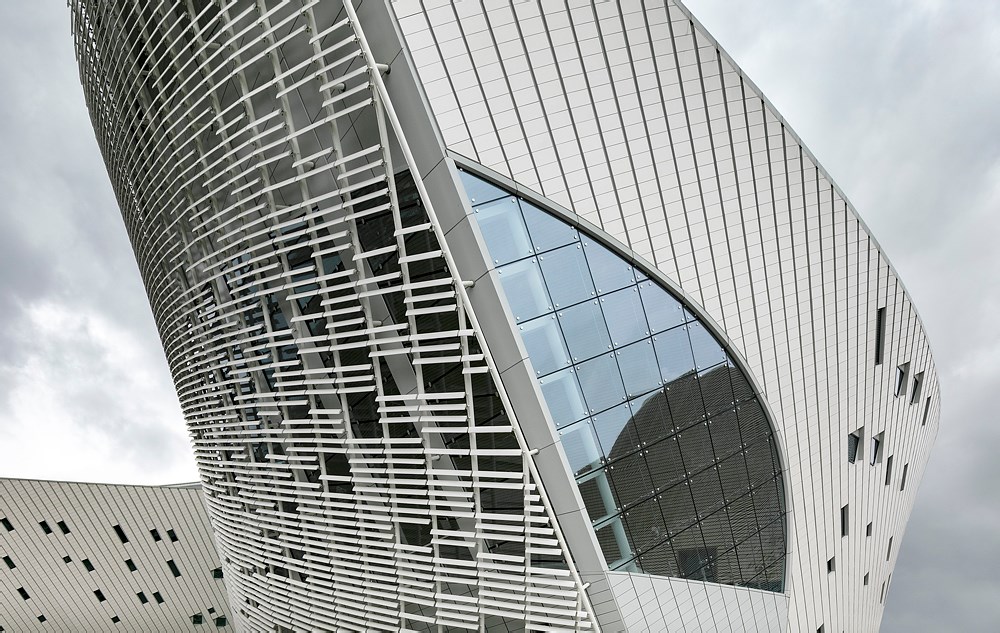
福州海峡文化艺术中心(SCAC)
Fuzhou Strait Culture And Art Centre

无锡大剧院
Wuxi Grand Theatre
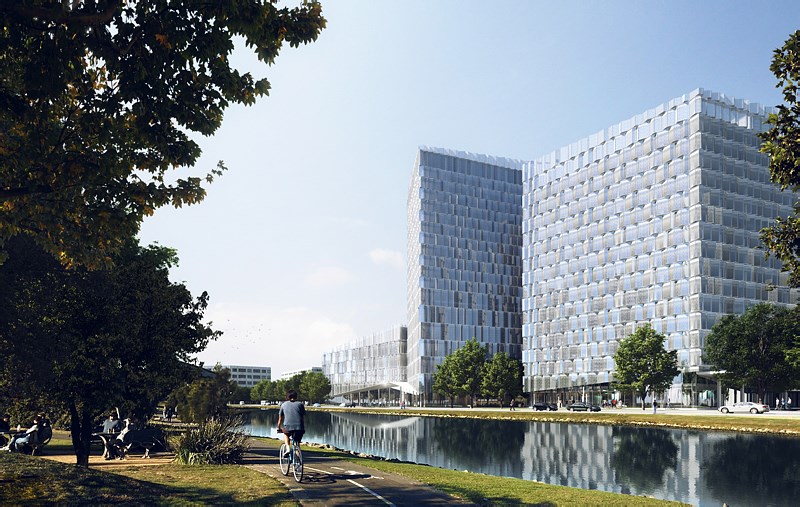
中芬合作交流中心
Sino-Finnish Cooperation and Communication Centre
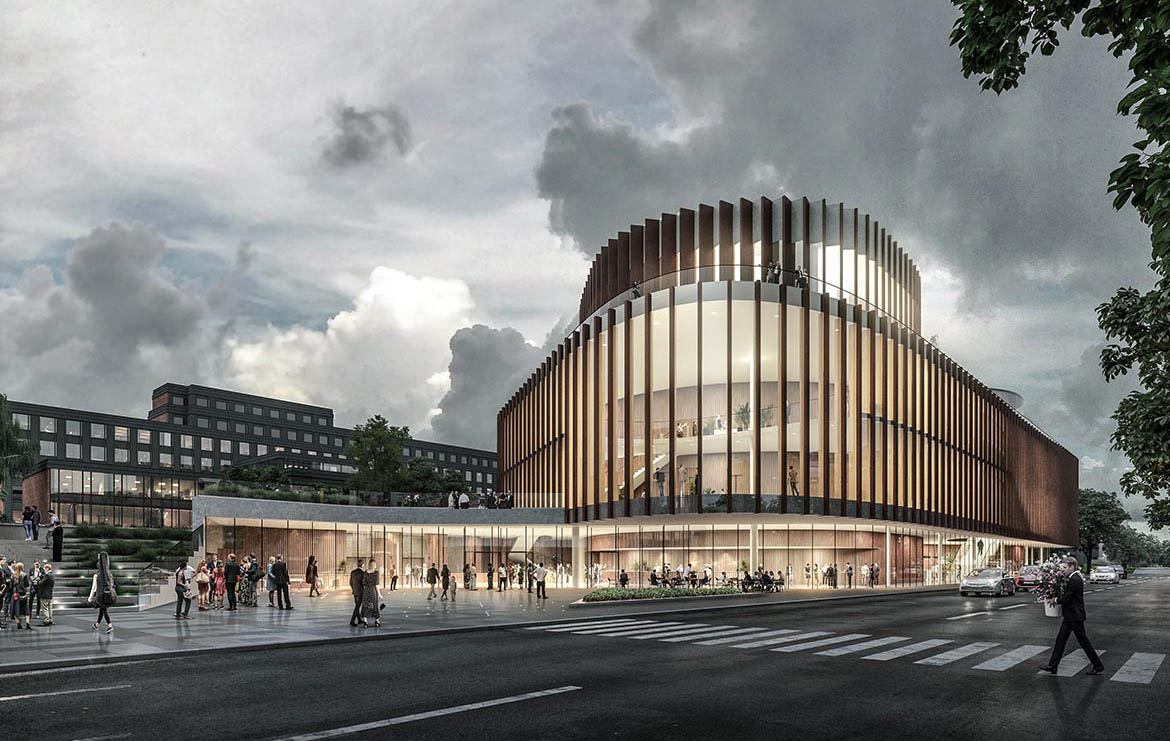
图尔库音乐厅
Turku Music Centre
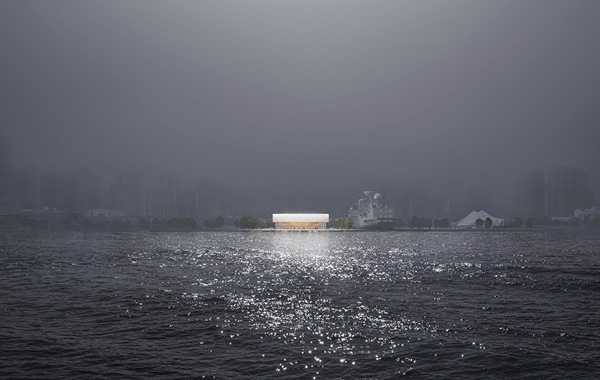
上海潜艇博物馆
Shanghai Submarine Museum
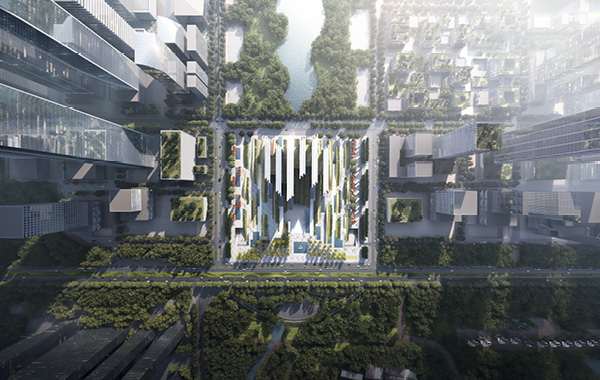
深圳改革开放展览馆
Shenzhen Reform and Opening-Up Exhibition Hall
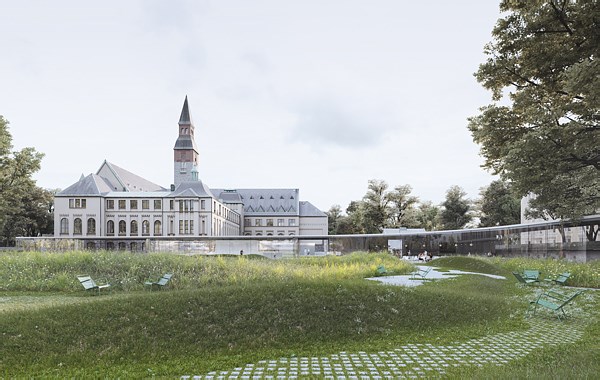
芬兰国家博物馆扩建建筑 (三庭院)
The National Museum of Finland Extension (Uusi Kansallinen)
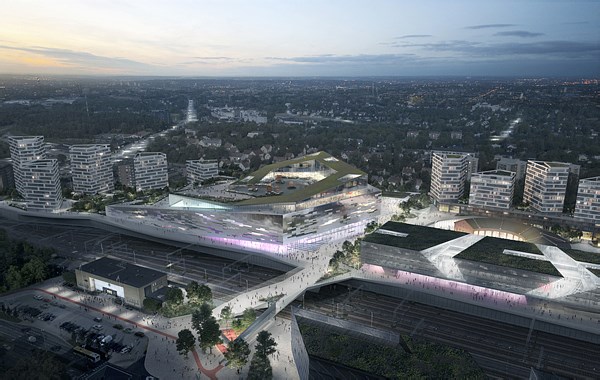
芬兰图尔库市多功能大厅
Turku Multifunctional Hall
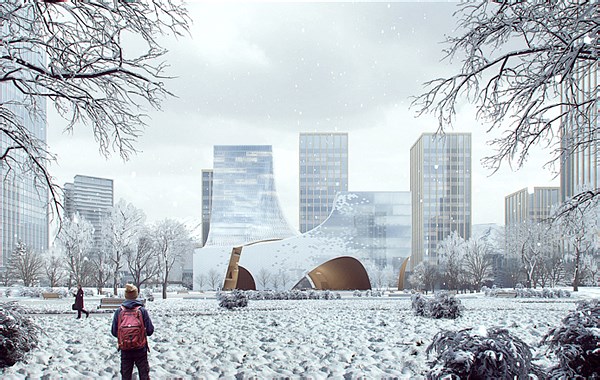
成都城南文化活动中心
Chengdu Culture Center
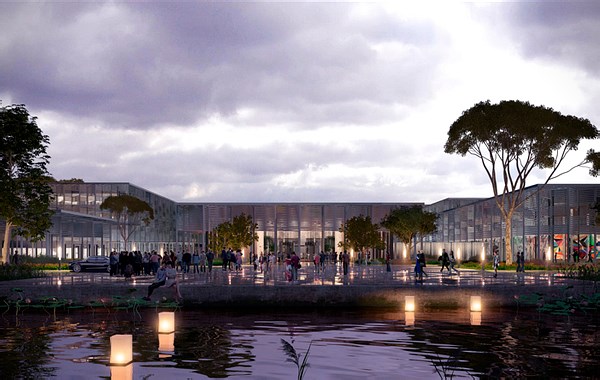
上海九棵树艺术中心
Shanghai Fengxian Forest Theatre
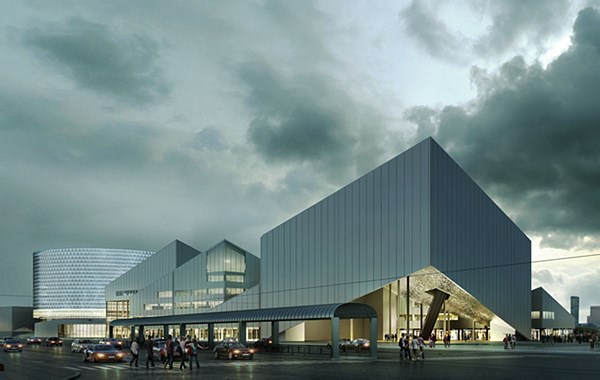
盐文化村落
Yancheng Culture Clustre
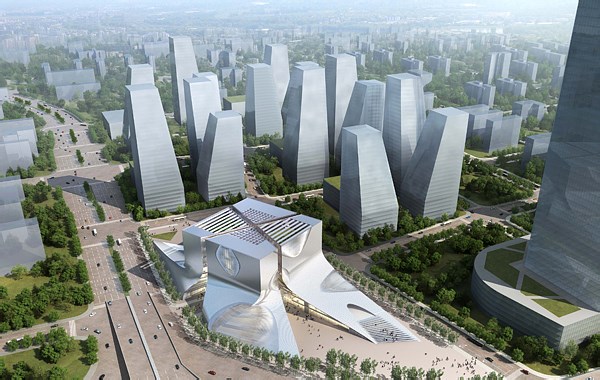
中国摄影博物馆
China Photography Museum
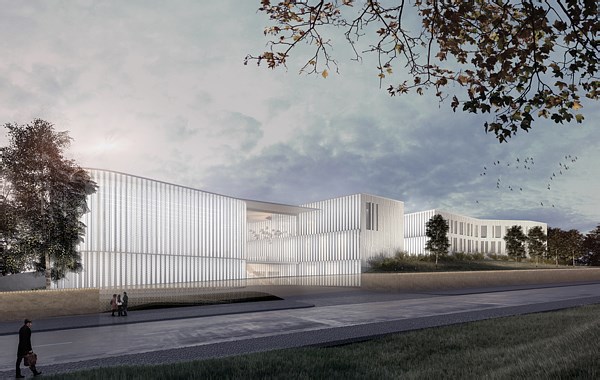
沙特阿拉伯大使馆和员工公寓
Helsinki Saudi Arabia Embassy

上海自然历史博物馆
Shanghai Natural History Museum
扫描二维码分享到微信